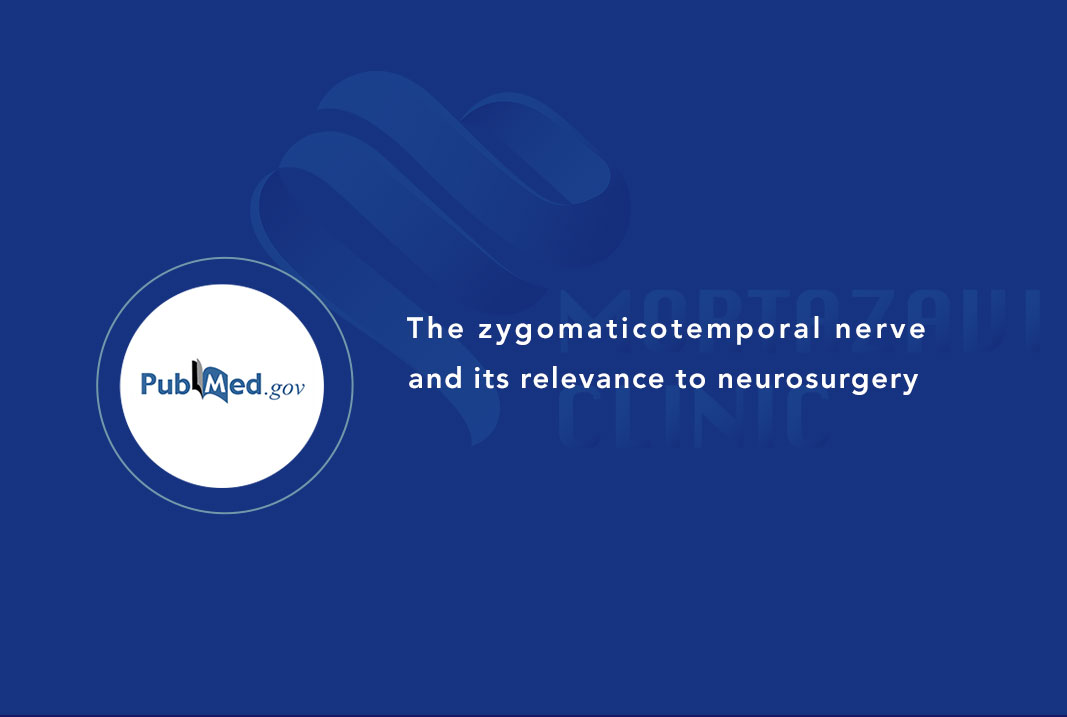The zygomaticotemporal nerve and its relevance to neurosurgery

Abstract
Background: Although neurosurgical procedures are frequently performed in its territory, the zygomaticotemporal nerve (ZTN) is rarely mentioned in this literature, even though this nerve has been implicated in postsurgical pain syndromes and may become entrapped, resulting in chronic headache. The present study was performed to further elucidate the anatomy of the ZTN.
Methods: Twelve cadavers (24 sides) underwent dissection of the lateral temporal region to analyze the course, relationships, and landmarks for the ZTN.
Results: A ZTN was found on all but 1 left side. This nerve left the lateral zygoma to enter the temporal fossa and ascended up through the temporalis muscle or between this muscle and its outer fascia to become subcutaneous near the pterion. Fascial or muscle penetration occurred at a mean of 2.3 cm superior to the zygomatic arch. The majority of nerves then coursed posteriorly, approximately parallel to the frontoparietal suture of the pterion. The mean distance from the ZTN to the frontozygomatic suture was 12 mm.
Conclusions: Based on our study, the ZTN has a fairly standard course that takes it along a superficial pathway overlying the pterion. It is our hope that with a greater appreciation for its anatomy and landmarks for its localization as provided herein, that injury to the ZTN may be avoided with surgical procedures in its territory, and if entrapped, may be more easily identified by the surgeon.
To read the full article, refer to the link below:



